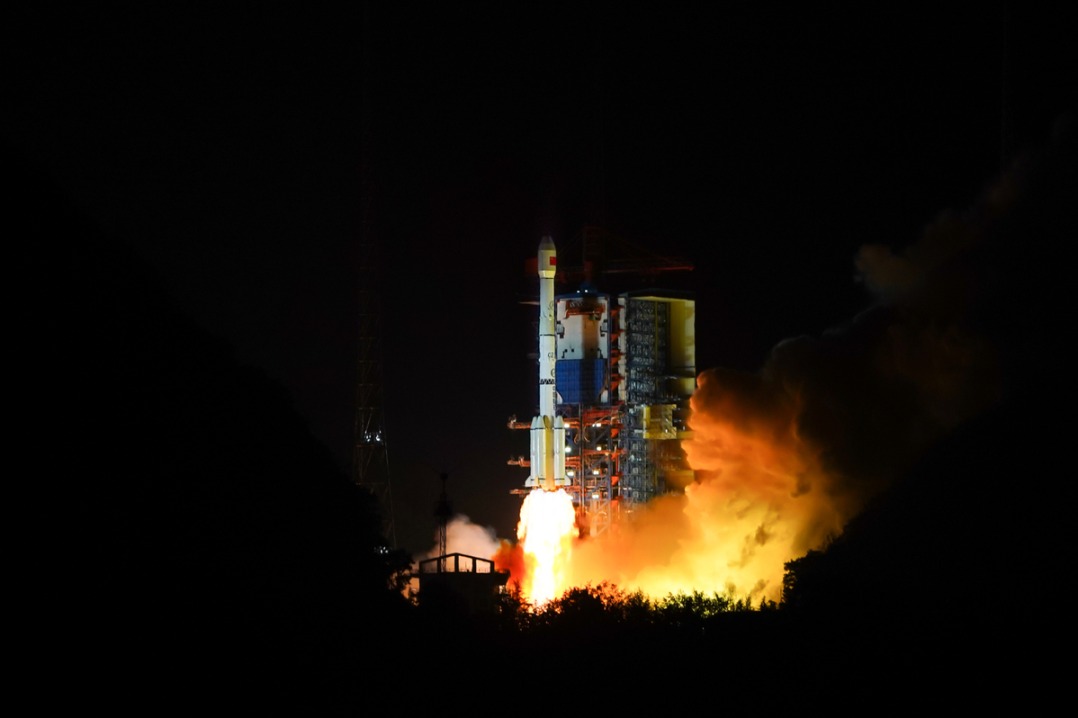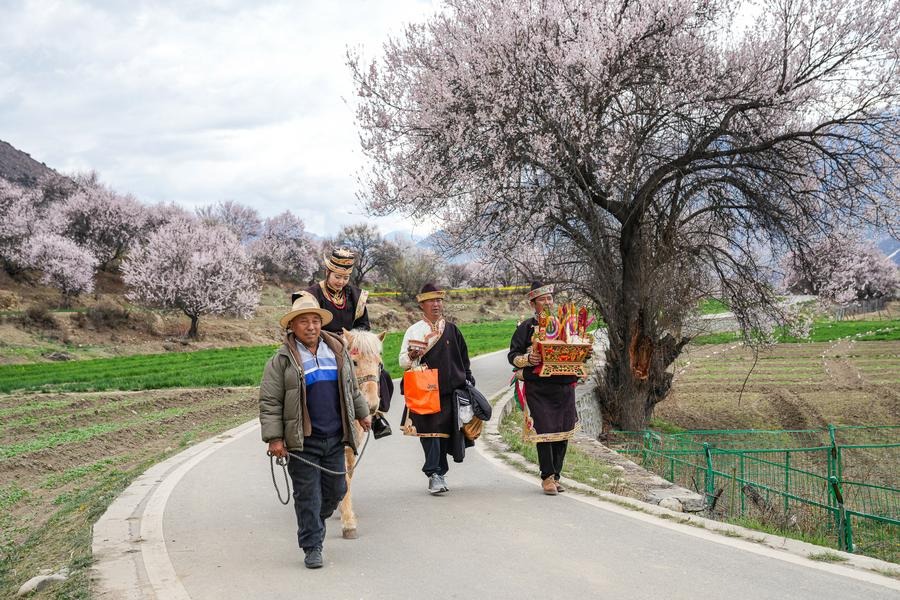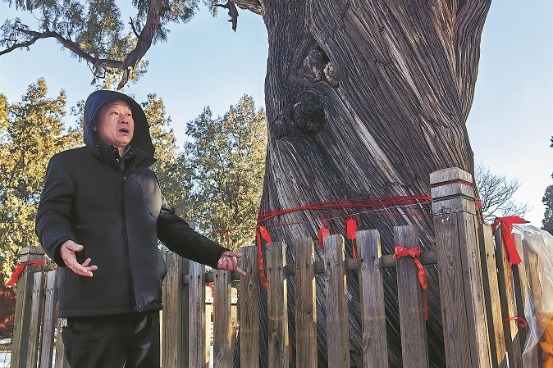Two Chinese sites join list of UNESCO geoparks

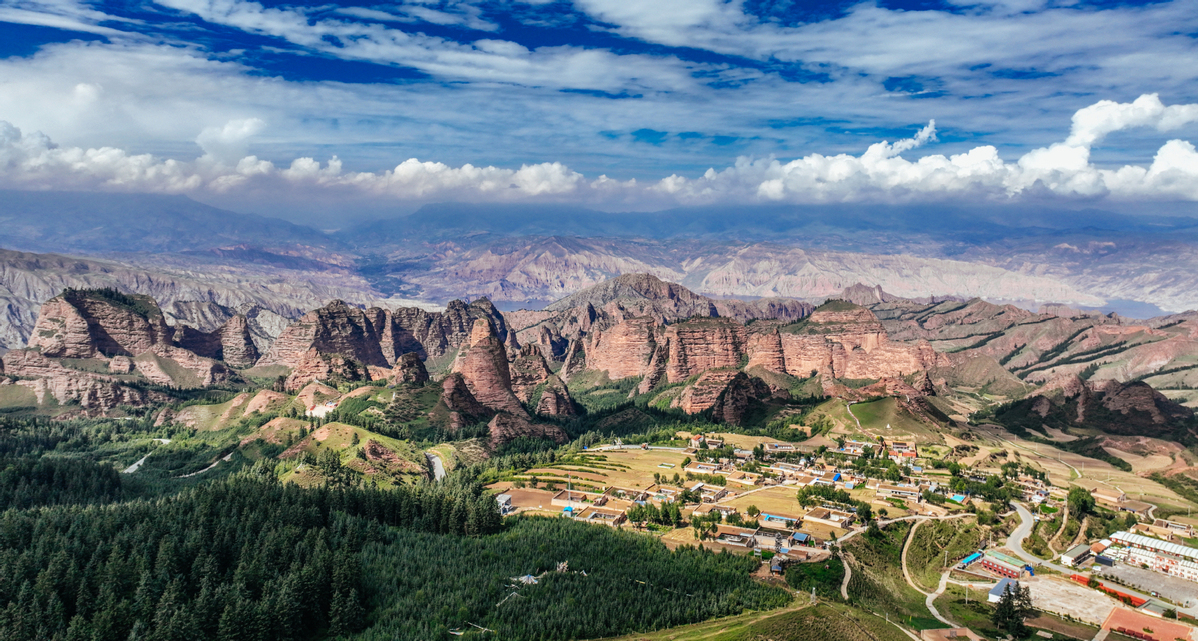
China has maintained its lead of having the largest number of Global Geoparks in the world, with an additional two sites being listed as Global Geoparks by UNESCO.
On Thursday night local time in Paris, Kanbula in China's northwestern province of Qinghai and Yunyang in Chongqing were approved as Global Geoparks at the ongoing 221st session of UNESCO's Executive Board, according to a release by the National Forestry and Grassland Administration on Friday.
With the two new sites, China is now home to 49 Global Geoparks, more than any other country. The nation's other UNESCO Global Geoparks include Dali-Cangshan in the southwestern province of Yunnan, Huangshan in the eastern province of Anhui and Mount Changbaishan in the northeastern province of Jilin.
According to the release, Kanbula is located in Qinghai's Huangnan Tibetan autonomous prefecture, at the northeastern edge of the Qinghai-Tibet Plateau, and covers an area of about 315,000 hectares.
Kanbula features examples of the ocean-continent transition process with well-preserved ancient geological structures and layers. It is renowned not only for the Danxia Landforms and magnificent Yellow River views, but also for diversified cultures and the harmonious coexistence of environmental protection and human activities, said the release.
Intangible cultures, traditions and customs of the Tibetan and Qiang ethnic groups are mixed and bloom in Kanbula. One example of this is Regong art, which depicts Tibetan Buddhism through painting, sculpture and embroidery.
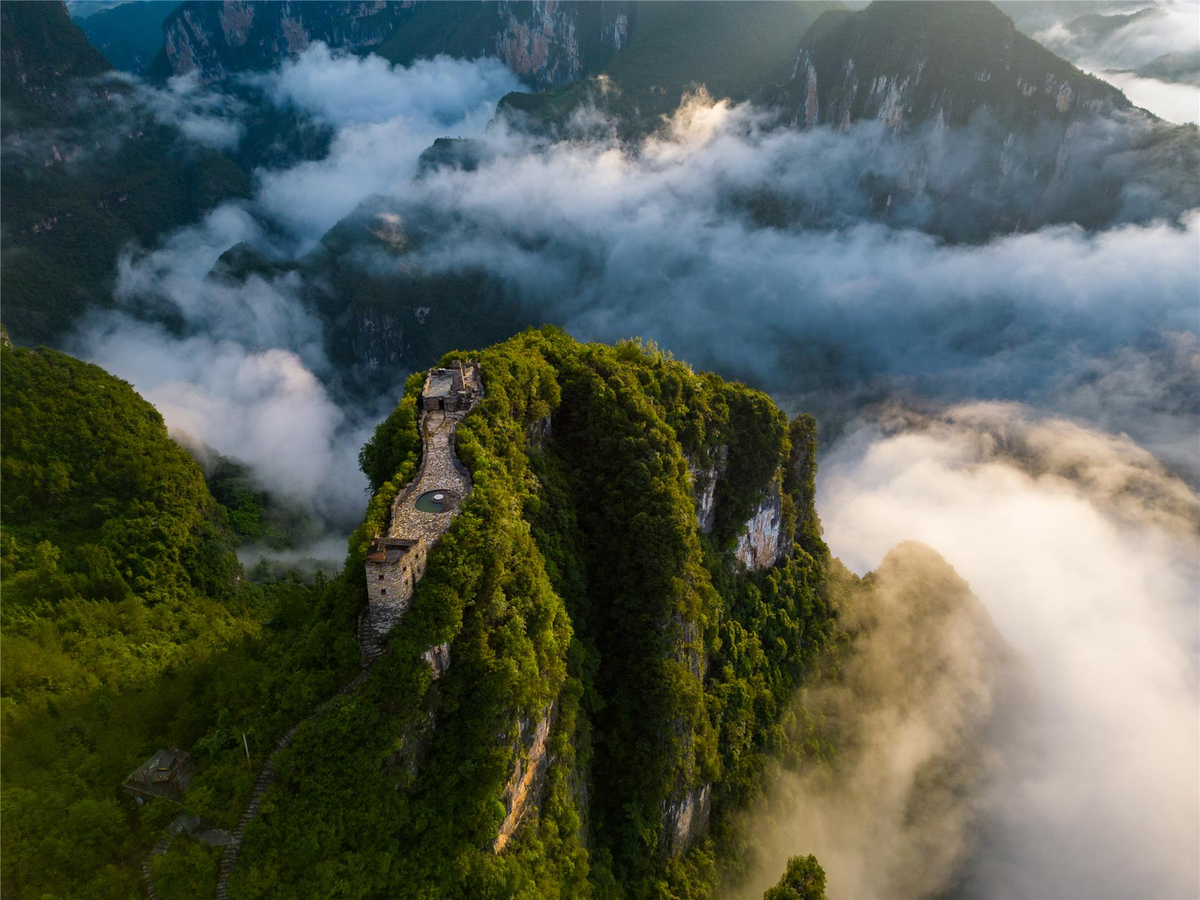
Yunyang in Chongqing is located in the hinterlands of the Three Gorges reservoir area — the world's largest dam — and covers an area of about 112,400 hectares. It has well-protected dinosaur fossils, karst landforms and rare animal species, where the historical relics and cultures of the Tu ethnic group are also well preserved.
UNESCO defines Global Geoparks as "single, unified geographical areas where sites and landscapes of international geological significance are managed with a holistic concept of protection, education and sustainable development". These geoparks also involve sustainable coexistence of environmental conservation and local communities' lives.
Back in 2015, UNESCO unveiled the International Geoscience and Geoparks Programme with the aim of protecting the world's geological heritages and natural landscapes. UNESCO had listed 213 sites in 48 countries as Global Geoparks as of July, and the number has increased to 229 sites in 50 countries so far this year.

















